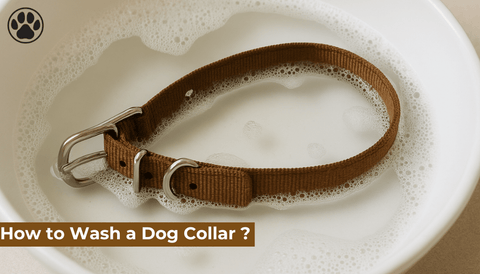
Can Dogs Use Litter Boxes?
of reading - words
Many dog owners wonder if their pets can be trained to use a litter box, similar to cats. While it’s not the norm, some small breeds and elderly dogs can benefit from a dog-friendly litter box. The idea of using an indoor potty solution is especially useful for those living in apartments, people with mobility issues, or pet parents in extreme climates.
Which Dogs Are Best Suited for Litter Box Training?
Not all dogs will take to litter box training easily. Small dog breeds such as Chihuahuas, Toy Poodles, and Dachshunds are better candidates due to their size. Senior dogs or those with health issues that make outdoor trips difficult may also benefit from this alternative. However, larger breeds may find it uncomfortable due to space limitations.
Choosing the Right Litter Box for Your Dog
When selecting a litter box for dogs, consider factors like:
-
Size: Ensure the box is spacious enough for your dog to move comfortably.
-
Material: Plastic trays, artificial grass, or real grass patches are popular choices.
-
Odor Control: Choose options with absorbent materials to minimize odors.
-
Easy Cleaning: A removable tray or disposable pads simplify maintenance.
Popular choices include:
-
Dog-specific litter boxes with high sides
-
Artificial grass mats
-
Real grass patches for a natural feel
How to Train Your Dog to Use a Litter Box
1. Choose the Right Location
Place the dog litter box in a quiet, accessible area. Ensure it’s a space where your dog feels comfortable and secure.
2. Introduce Your Dog to the Litter Box
Let your pet explore the litter box without pressure. Reward them with treats and praise for showing interest.
3. Establish a Routine
Dogs thrive on routine. Take your dog to the litter box after waking up, eating, or drinking water to create consistency.
4. Use Positive Reinforcement
When your dog successfully uses the litter box, reward them with verbal praise, treats, or playtime. Never punish accidents, as this can lead to anxiety.
5. Gradual Training Approach
If your dog is accustomed to going outdoors, start by placing some of their waste inside the litter box to create a familiar scent. Gradually encourage them to use it over time.
Pros and Cons of Dog Litter Boxes
Pros:
-
Convenient for apartment dwellers
-
Ideal for small and elderly dogs
-
Minimizes accidents during extreme weather
-
Useful for pet owners with limited mobility
-
Reduces the need for frequent outdoor trips
Cons:
-
Not suitable for large dogs
-
Requires consistent maintenance
-
May take time for some dogs to adjust
-
Odor management is crucial
-
Not as effective as outdoor potty training
Common Mistakes to Avoid When Litter Training Dogs
-
Inconsistency: Skipping training sessions can confuse your dog.
-
Choosing the Wrong Litter Material: Some dogs dislike certain textures.
-
Neglecting Cleanup: A dirty litter box discourages use.
-
Punishing Accidents: Positive reinforcement is key.
-
Expecting Instant Results: Training takes patience and persistence.
FAQ – Answering Common Questions
1. Can any dog be trained to use a litter box?
While most small breeds can adapt, larger dogs may struggle due to size constraints. Training success depends on consistency and patience.
2. What type of litter should I use for my dog’s litter box?
Options include puppy pads, artificial grass, or real grass patches. Avoid clay-based litter, as it may be harmful if ingested.
3. How often should I clean my dog’s litter box?
Cleaning should be done daily to prevent odors and maintain hygiene. A thorough wash with pet-safe disinfectant is recommended weekly.
4. Can I train an older dog to use a litter box?
Yes! Senior dogs with mobility issues may find litter boxes helpful. The training process may take longer, but it is possible with positive reinforcement.
5. What should I do if my dog refuses to use the litter box?
Ensure the location is comfortable, use positive reinforcement, and try different litter box materials. If issues persist, consult a dog trainer for guidance.
Litter box training for dogs is a practical solution for small or elderly dogs. With the right approach, patience, and consistency, you can help your pet adapt to this indoor potty alternative.




